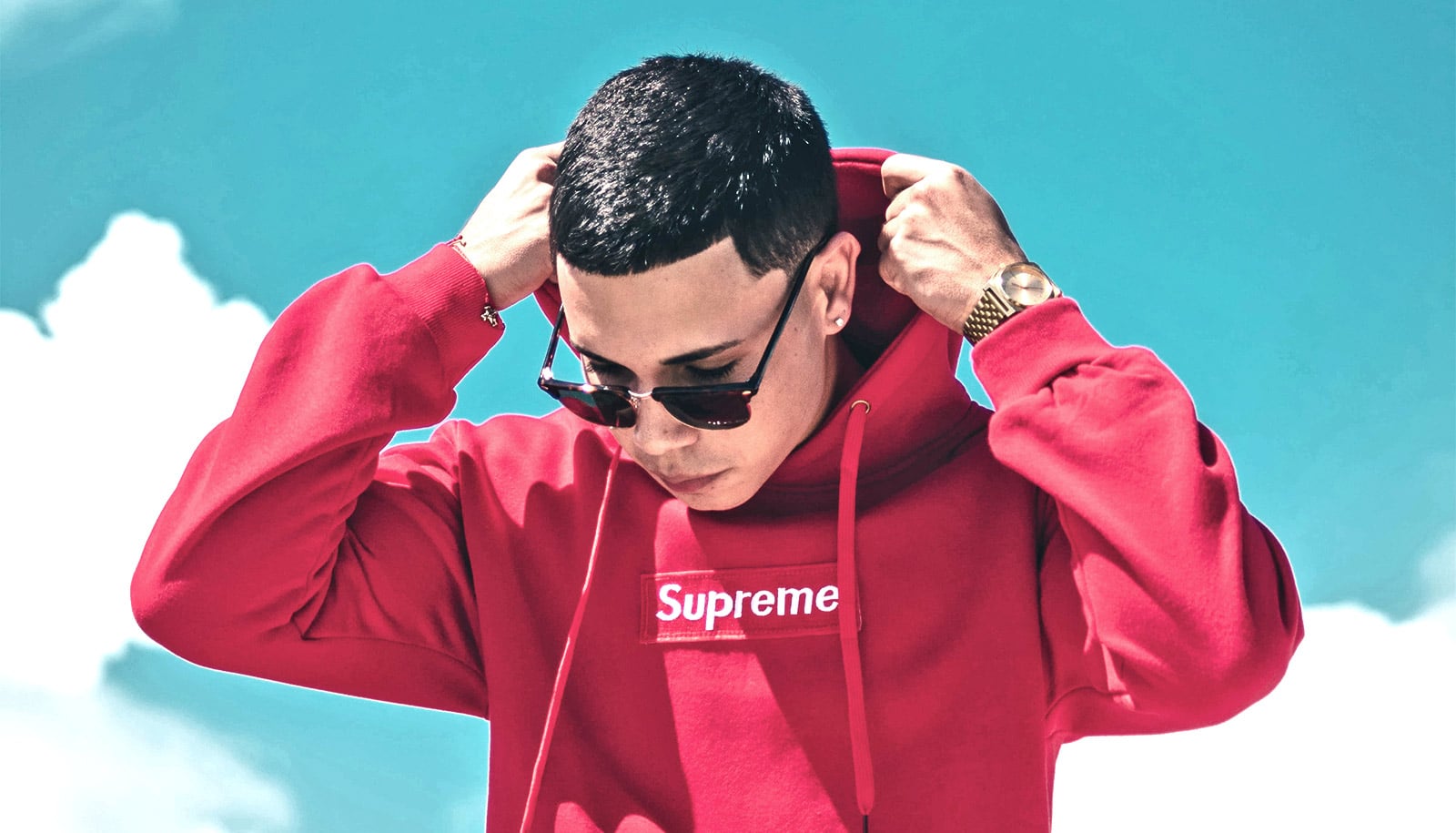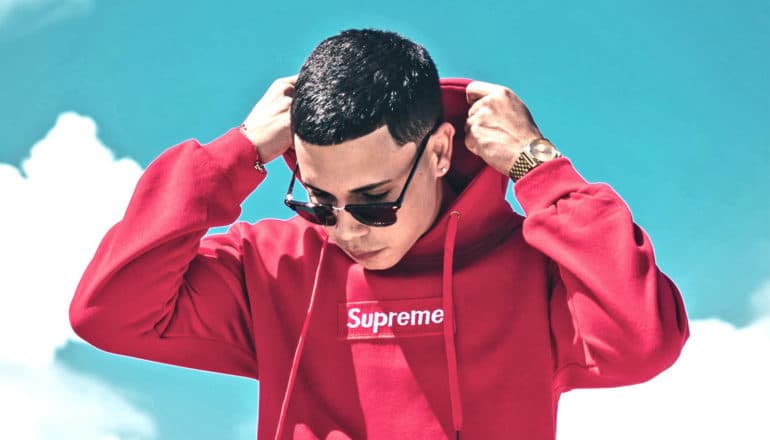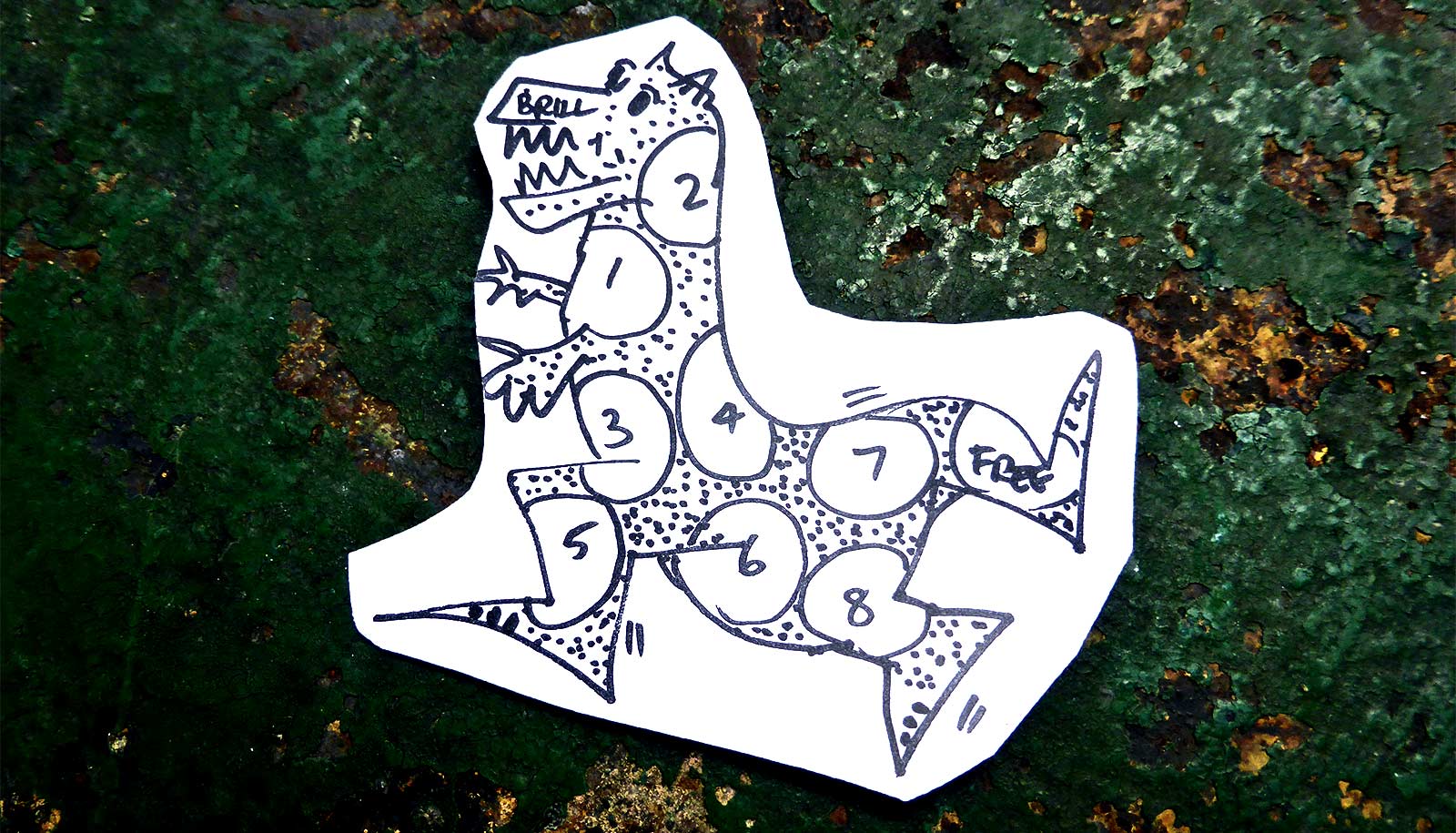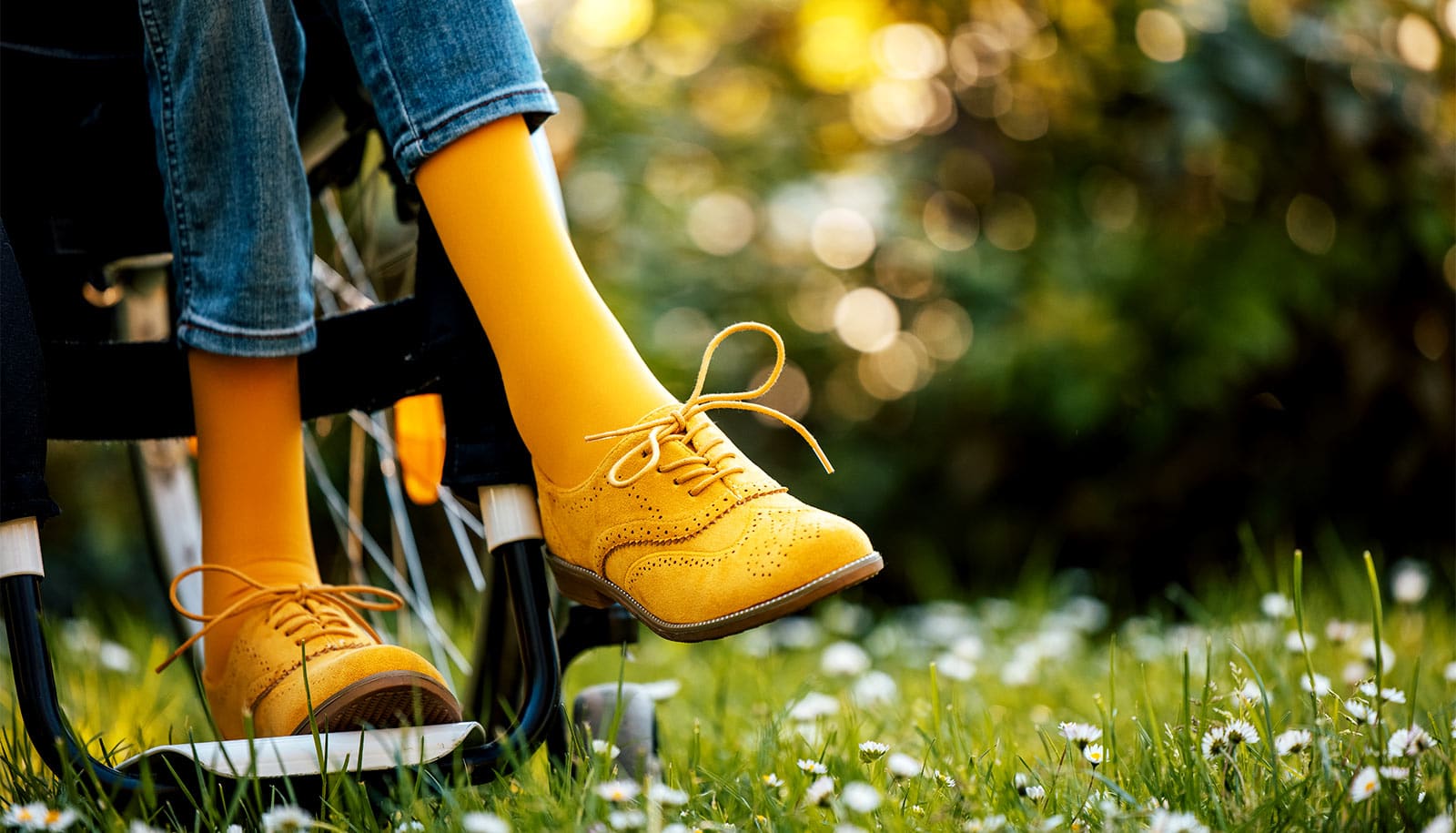
(Credit: Angel G/Unsplash )
10 things that make trendy brands ‘cool’
How do brands build a "cool" image? What makes cool brands fall off? New research identifies the 10 factors that matter most.

These 10 characteristics could help brands create a “coolness strategy,” according to new research.
Focus groups, in-depth interviews, an experiment, and multiple survey studies indicate that consumers perceive cool brands to be:
- extraordinary,
- aesthetically appealing,
- energetic,
- high status,
- rebellious,
- original,
- authentic,
- subcultural,
- iconic, and
- popular.
“Brands initially become cool to a small subculture by being original, authentic, rebellious, exceptional, and aesthetically pleasing,” says Rajeev Batra, a marketing professor at the Ross School of Business at University of Michigan and a former brand manager. “We refer to these brands as niche cool.”
The research details how brands can go from niche cool to mass cool, in which they are perceived to be more popular and iconic, like Apple. But people trying to market social issues or causes like how to make recycling more cool for wider adoption could also use the research, Batra says.
It’s the first study to identify and validate the 10 components a brand can use to be considered cool by consumers. It can help brands diagnose their strengths and weaknesses, and figure out they need to do to correct their coolness weaknesses.
Not all of the characteristics are necessary for every brand and every consumer segment, but increasing any of these characteristics tends to make a brand seem cooler.
“Our structural model allows managers to drill down into which component of coolness are of greater importance in shaping overall coolness and how these might vary across geographies, consumer segments, and time,” says Richard Bagozzi, a professor of behavioral science in management. “Our components can also be used for pre-testing and evaluating different marketing programs.”
Not all of the characteristics are necessary for every brand and every consumer segment, but increasing any of these characteristics tends to make a brand seem cooler. For example, Nike is widely seen as cool because its shoes are highly desirable, look good, signal energy, and have extraordinary quality. Apple shows positive autonomy by being original and authentic, even as it has grown to become very popular. Harley-Davidson became cool when a subculture of outlaw bikers, who lent the brand a rebellious, iconic image, adopted the brand. BMW, conversely, is cool in part because it has become a popular status symbol.
“We also talk about brands that are about to lose their cool. It’s not inevitable, but they can become so widely used and diffuse that they lose whatever gave them coolness in the beginning,” Batra says. “Others have maintained that coolness by staying connected to their niche like Nike has by staying connected with athletes having a rebellious persona, like Colin Kaepernick.”
Others, though, lose their cool. As brands such as Quicksilver, Rocawear, and Supreme expand from a fringe group of outsiders to mass-marketed magazines and suburban shopping malls, they start to seem less rebellious, original, authentic, and extraordinary—and less cool—to their original subcultural consumers of surfers, rappers, and skaters.
The research will appear in the Journal of Marketing. Additional coauthors came from the University of Arizona and the University Institute of Lisbon.
Source: University of Michigan
The post 10 things that make trendy brands ‘cool’ appeared first on Futurity.
Share this article:
This article uses material from the Futurity article, and is licenced under a CC BY-SA 4.0 International License. Images, videos and audio are available under their respective licenses.


